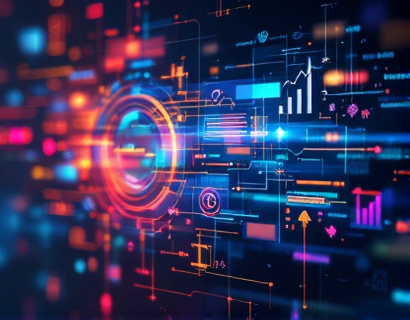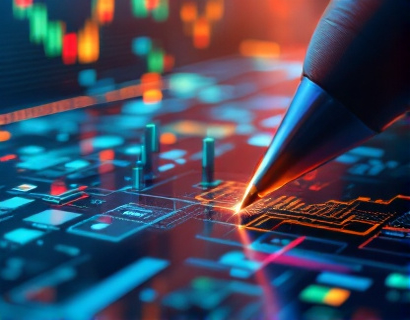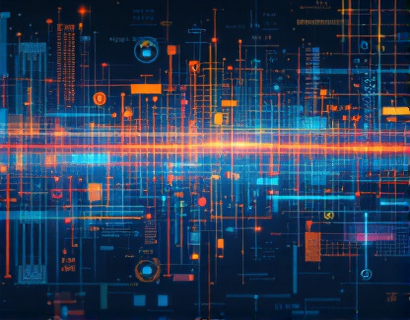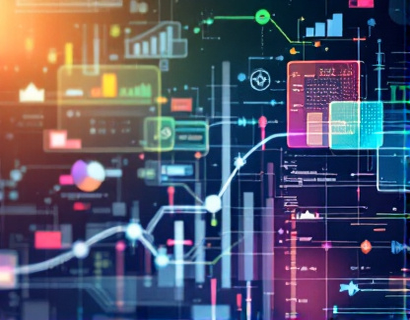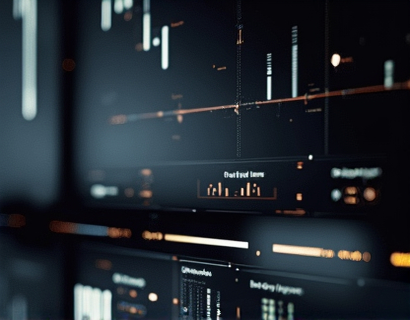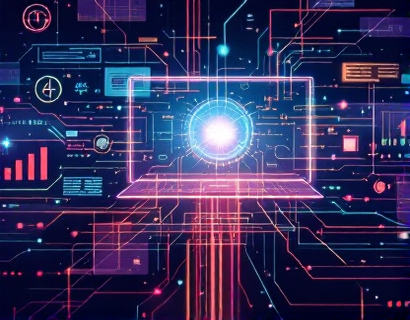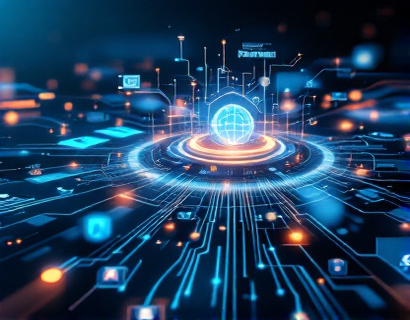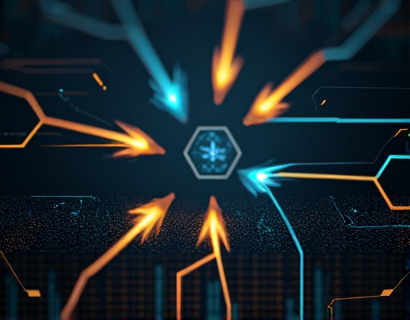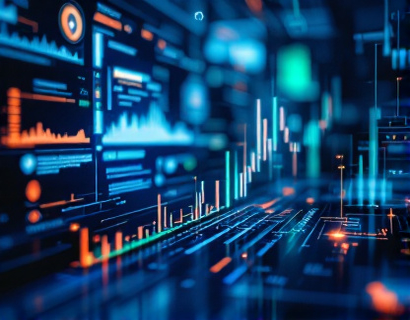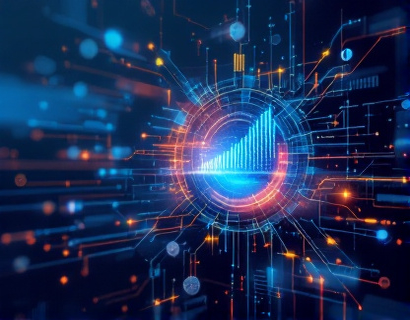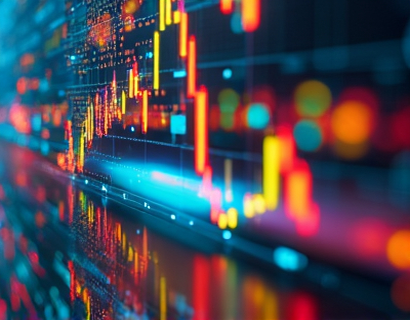Blockchain for Art: Revolutionizing the Preservation and Tracking of Historical Artifacts with Decentralized Solutions
Blockchain technology, originally designed for cryptocurrencies, has found a novel application in the art world, transforming the way historical artifacts and artworks are tracked, authenticated, and owned. This decentralized ledger system offers a secure, transparent, and immutable method to ensure the authenticity and provenance of cultural treasures, addressing longstanding challenges in the preservation and management of our shared heritage. By leveraging blockchain, the art community can foster greater trust among collectors, museums, and cultural institutions, ultimately safeguarding the integrity of art history.
The traditional art market has long struggled with issues of authenticity and provenance. Artworks can be easily forged, and their histories often remain obscure, making it difficult to verify their legitimacy. This lack of transparency not only affects collectors and museums but also undermines the value and trust in the art market. Blockchain technology addresses these concerns by providing a decentralized and tamper-proof record of an artwork's journey from creation to ownership.
At its core, a blockchain is a distributed database that records transactions across multiple computers in such a way that the registered transactions cannot be altered retroactively. Each block in the chain contains a cryptographic hash of the previous block, a timestamp, and transaction data. This structure ensures that once data is recorded, it is nearly impossible to change without consensus from the network, making it an ideal tool for maintaining the integrity of art provenance.
One of the primary benefits of using blockchain for art is the ability to create an immutable and transparent record of an artwork's history. Every transaction, from the moment the piece is created to its current ownership, is logged on the blockchain. This includes details such as the artist's signature, creation date, materials used, and any previous owners. Collectors and institutions can access this information with ease, providing a clear and verifiable provenance that enhances the artwork's value and credibility.
The use of smart contracts on the blockchain further enhances the security and efficiency of art transactions. Smart contracts are self-executing contracts with the terms of the agreement directly written into code. In the context of art, a smart contract can automate the transfer of ownership, payment, and other legal obligations once predefined conditions are met. This reduces the need for intermediaries, lowers transaction costs, and minimizes the risk of disputes.
For museums and cultural institutions, blockchain offers a robust solution for managing their collections. By recording each piece's details on the blockchain, museums can ensure that their collections are accurately documented and easily accessible. This transparency not only aids in inventory management but also helps in verifying the authenticity of artifacts during exhibitions and loans. Moreover, blockchain can facilitate collaborative efforts among institutions by providing a shared and trustworthy database of artworks.
Art enthusiasts and collectors stand to benefit significantly from blockchain technology. The ability to verify the authenticity and provenance of an artwork with a few clicks empowers collectors to make informed decisions. This transparency also helps in identifying and preventing the circulation of forgeries, protecting both collectors and the art market as a whole. Additionally, blockchain can enable new forms of ownership and engagement, such as fractional ownership of high-value artworks, making art more accessible to a broader audience.
The impact of blockchain on the art market extends beyond individual transactions and collections. It has the potential to revolutionize the way art is created, sold, and appreciated. Artists can use blockchain to establish direct relationships with collectors, bypassing traditional galleries and agents. This not only provides artists with greater control over their work but also ensures they receive fair compensation. Furthermore, blockchain can facilitate the creation of digital art, where ownership and authenticity are equally critical.
To illustrate the practical application of blockchain in art, consider the example of a digital artwork sold as a unique token on a blockchain platform. The artwork's metadata, including the artist's signature and creation details, is stored on the blockchain, ensuring its authenticity. The sale transaction is recorded as a smart contract, automatically transferring ownership and payment. This process is transparent and verifiable, reducing the risk of fraud and ensuring that the artwork's value is preserved.
Another significant advantage of blockchain in art preservation is its role in documenting restoration and conservation efforts. Each time an artwork undergoes restoration, the details of the process can be recorded on the blockchain, creating a comprehensive history of the piece's condition and modifications. This documentation is invaluable for conservators and historians, providing insights into the artwork's evolution and helping to maintain its original integrity.
The integration of blockchain with other technologies, such as the Internet of Things (IoT) and artificial intelligence (AI), further enhances its potential in the art world. IoT devices can monitor the environmental conditions in which artworks are stored, sending alerts if conditions deviate from optimal levels. This data can be linked to the blockchain, ensuring that the artwork's preservation is continuously tracked and maintained. AI can analyze patterns in art market data, helping to identify trends and potential risks, thereby supporting informed decision-making.
Despite its numerous benefits, the adoption of blockchain in the art world is not without challenges. One of the primary hurdles is the technical complexity and the need for education among stakeholders. Many in the art community may be unfamiliar with blockchain technology, making it essential to provide training and resources to facilitate its adoption. Additionally, the scalability and energy consumption of some blockchain networks remain concerns that need to be addressed to ensure sustainable and widespread use.
Another challenge is the regulatory landscape. The art market operates across international borders, and the legal frameworks governing art ownership and transactions vary significantly. Blockchain solutions must navigate these complex regulations to be effective on a global scale. Collaboration between blockchain developers, legal experts, and regulatory bodies is crucial to create frameworks that support the use of blockchain in the art market while protecting all parties involved.
Looking to the future, the potential applications of blockchain in the art world are vast. Beyond authentication and provenance, blockchain can enable new forms of artistic collaboration and ownership. For instance, decentralized autonomous organizations (DAOs) can be used to manage collective art projects, where multiple artists and stakeholders contribute to and benefit from the project. This model fosters innovation and inclusivity, allowing a wider range of voices to participate in the art creation process.
In conclusion, blockchain technology is poised to revolutionize the preservation and tracking of historical artifacts and artworks. By providing a secure, transparent, and immutable record of provenance, blockchain enhances trust and value in the art market. It empowers collectors, museums, and cultural institutions to manage their collections more effectively and collaboratively. As the technology continues to evolve and overcome its challenges, the art world can look forward to a future where the integrity and accessibility of cultural heritage are significantly improved.




